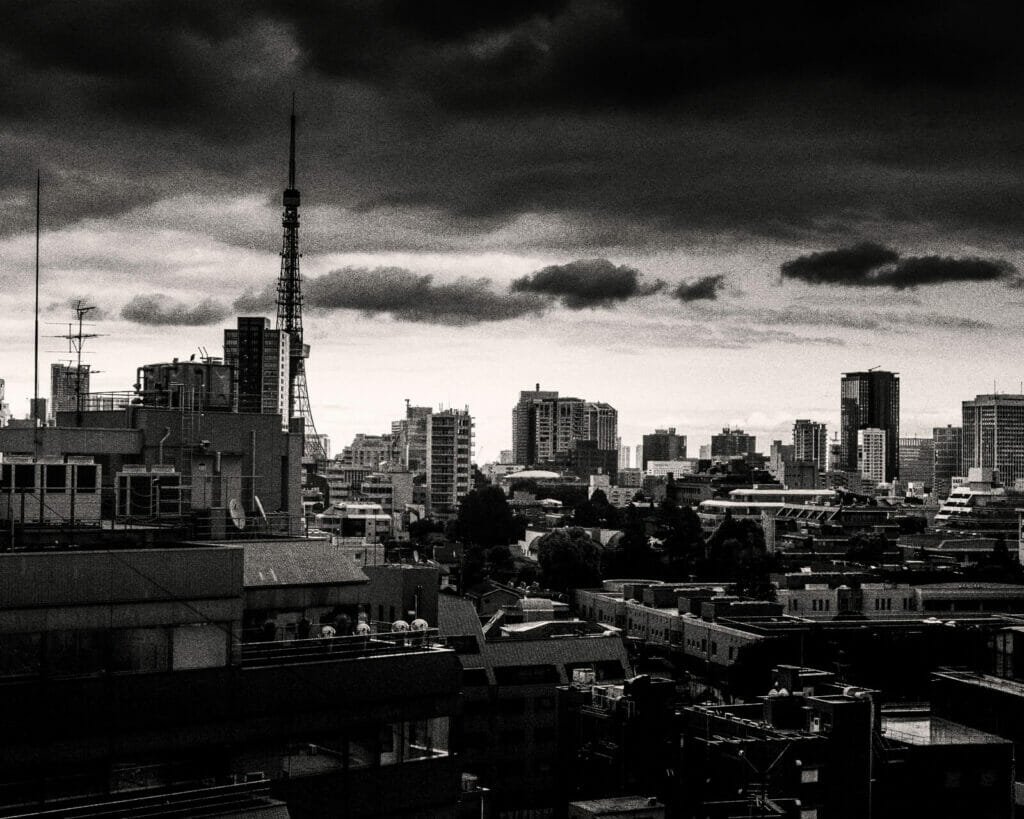A bath at home is well and good, but a bath at the sento1 is a thing apart. Something social, even if you don’t talk to anyone aside from the proprietor. And if your visits become a regular occurrence, the importance of the sento in your daily life can become significant. It may contribute to a greater sense of home or belonging in your local community. The sento may even become a third place2, which is of particular value when third places are rapidly declining.
The last time I really had access to a public bath that filled that function for me was years ago in Tokyo. But that bath closed down and was demolished, and then I moved away to another city.
Since then, there has been a sento-shaped void in my life, although there are two public baths within easy walking distance of my apartment.
I visited the closer one of the two not long after moving, but only once. At that time, my depression was worsening, leading to a sort of turning inward and retreating from the outside world, so I never went back, pleasant though it was.
Then the pandemic struck, making me wary of going. As relaxing as a trip to the bath can be, the prospect of potentially catching a deadly illness along the way reduces the overall appeal.
But with new infections now very low, a full vaccination under my belt, and the weather finally cooling off, the conditions are prime to return to the sento. A good time, even, to make a regular habit of it.
So last Saturday, we headed off to the other local bath, where she had been but I hadn’t. We prepared our towels and bathing items and walked there on quiet back streets.
We left our shoes in the lockers at the entrance, taking with us the slotted wooden blocks that function as keys. Stepping inside, it was immediately comfortable, and we were greeted by the familiar smell of the bath, the warm smile of the attendant, and the sounds of splashing water. The clattering of plastic washbowls and low stools on the tile floor echoed off the high ceiling of the bathing area.
We paid our fee3 and parted ways—she to the women’s side and I to the men’s.
The locker room, like everything else, was well worn from decades of continuous use. nearly everything about this establishment could comfortably be described as classic, and could largely serve as the archetype of public baths in this region of Japan.
When I went in, there were ten or twelve other people already there, a few in the locker room and the rest bathing. Notably, I got a few hellos and not a single look of surprise. I didn’t overhear any remarks about the foreigner who had just arrived, either.
This is good. This is not always the case. At other baths, I have certainly been less than comfortable and have clearly been regarded as an interloper by other patrons, if not with hostility, then at least with deep suspicion.
As a white guy in Japan, I will always be easily identified as an outsider, so it’s always nice when it doesn’t seem to matter.
Another positive: the baths were about as perfect a temperature as could be. This is, again, not always the case. I remember one particular sento in Yokosuka4 that was thoroughly wonderful, almost exactly to my perfect preference, except that the baths verged on unbearably hot. An hour or more after leaving, our hands and feet were still tingling and red.
But at Urawa’s Inari Yu5, the water was perfect. Hot enough to make the cold bath an invigorating contrast, but not so hot that one couldn’t comfortably remain immersed for an extended soak.
My only complaint, really, was an aesthetic one. At most sento, on the wall above the baths, there is usually some sort of mural. In this part of the country, often featuring Mt Fuji. There was no such mural, which is basically fine. Instead of a painting, though, three Mickey Mouse decorations in faded, vacuum-formed plastic were tacked to the wall and spattered with white paint from the last time the interior had been repainted.
Even avid fans of Disney would have to admit that these were incongruous, at very least.
But if that was my biggest (only) complaint, then that’s quite good overall.
When we departed and walked home, I already knew I wanted to go back, soon and often.
It will take time to become a regular there, but I hope to do so. Even on my first visit, it felt uncommonly comfortable, and when a new experience feels so much like home, the best thing to do is to happily run with it.
-
A type of communal bath house in Japan (read more on Wikipedia) ↩︎
-
An interesting concept that describes places other than home and work/school that fulfill certain social functions in community-building (read more on Wikipedia) ↩︎
-
The cost of going to a public bath in Japan varies depending on where you are in the country, and are sometimes subsidized by the local government, as they are largely struggling to stay afloat. Here in Saitama City, the public baths I’ve visited have all had an entry fee of ¥450, the current equivalent of US$3.95 or €3.41. ↩︎
-
Kame no Yu, 亀の湯, literally Turtle’s Bath (View on Google Maps) ↩︎
-
Do give it a visit if you find yourself in Saitama City (View on Google Maps) ↩︎


